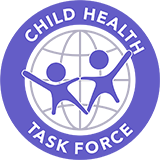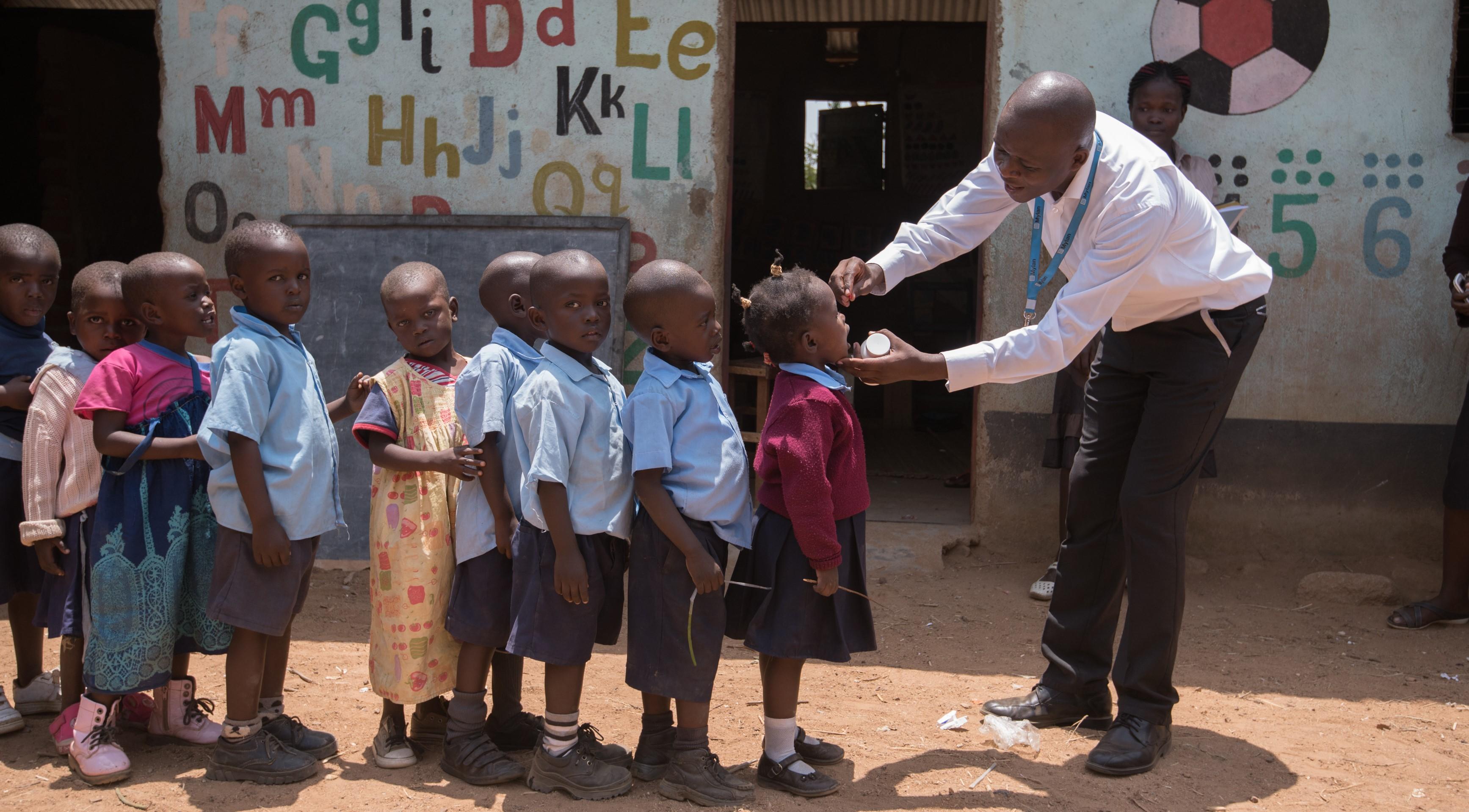By: Luke Shors and Linda Schultz
2020 has been a somber year for children and adolescents worldwide. Although children – particularly young children – have been less susceptible to severe illness due to COVID-19 itself, they have been equally subject to the political, social and economic ramifications left in the pandemic’s wake.
According to UNICEF, by the fall of 2020, 1.5 billion children were estimated to be impacted by school closures with 463 million children and adolescents unable to access distance education and remote learning. There is a very real concern that millions of these students may not return when schools reopen. These statistics, and the individual stories that accompany them, require us to reflect on the challenges ahead, particularly as we recognize World Children’s Day today, November 20th.
Undoing these harms - during and beyond the current pandemic - will demand the collective action of governments, organizations, teachers and all those concerned with children and adolescents’ education and health around the world. One of the key challenges is to protect education gains achieved to date while also supporting students’ physical health, nutritional status, and mental wellbeing.
The Child Health Task Force recently revamped the Re-Imagining the Package of Care Sub-Group, which is bringing together actors working to maximize each child's health and development. In recognition of the recent WHO-UNICEF-Lancet Commission, this Sub-Group is particularly keen to glean experiences from country-led multi-sectoral approaches to put the child at the center of holistic development objectives. An area of focus for this Child Health Task Force Sub-Group is school health and nutrition.
School health and nutrition has long been celebrated for its ability to deliver health and nutrition services at low cost simply by targeting children where they are and by reducing the burden on an already stretched health care system. Prior work commissioned by the USAID Bureau for Africa has demonstrated the value of school health and nutrition to improve human capital accumulation, particularly when delivered within a holistic program. However, the current pandemic puts severe restrictions on this model of service delivery with widespread school closures.
If the prerequisite of school health and nutrition delivery is meeting kids where they are, then these programs must adapt when schools experience prolonged closures, whether for a pandemic, natural disaster, or conflict. In the course of the global COVID-19 pandemic, we have seen emerging examples of how school closures and other related restrictions on movement have forced the traditional approaches of reaching school children -- whether pedagogical and instructional methods or the delivery of school meals -- to adapt and innovate.
As an example of an adaptation during COVID-19, the World Food Program has identified 79 countries that have adjusted school feeding programs. These adaptations have largely included take-home rations or cash transfers for students’ families, with some examples of teachers involved in delivering rations directly to families. Healthy Learners, which supports the Zambian Ministries of Health and General Education to deliver health and nutrition services to Lusaka primary schools, has also adapted its programmatic operations in response to COVID-19. Specifically, Healthy Learners has partnered with the school health workers to disseminate accurate health information, supported the Zambia Ministry of Health and CDC to leverage schools as hubs for disease surveillance, and collaborated with both the health and education ministries to develop Zambia’s COVID-19 guidelines for safe school reopening.
Some of the innovations that served as stop-gap measures for health and nutrition service delivery in the current crisis will have value when the school gates reopen. For instance, the present pandemic has catalyzed closer collaboration between the education, health, and water sectors to ensure schools are health promoting environments upon reopening. Recognizing that handwashing with clean water and soap is an effective measure to limit community transmission of COVID-19, as well as other communicable diseases, USAID/Senegal’s Education and WASH teams are collaborating to establish the School Water Integrated Solutions for Health investment, devoting approximately $2 million to water needs in schools in the Matam Region. The activity will improve students’ learning conditions through better access to water at hand-washing stations, including adding or rehabilitating micro-boreholes with solar pumps and by bringing water to schools in arid areas with the help of donkey-drawn water carts. These investments will be coupled with school hygiene education.
We can easily imagine that the inroads made in hybrid or flexible service delivery models to reach students who are temporarily out-of-school could in theory be utilized to reach all those who have left or will later leave schooling. More critically, these specific efforts borne out of necessity in responding to the pandemic can contribute to the creation or strengthening of comprehensive school health and nutrition policies and frameworks at national levels. These policies and frameworks, once established and implemented with multisector buy-in, can support children where they are and adapt over time to best respond to the specific health priorities and challenges.
The opportunity now is to use the COVID-19 crisis as a springboard to longer-term and more comprehensive solutions needed to foster school health and nutrition. Children’s wellbeing demands a commitment to consolidating this knowledge and know-how, translating responses to the pandemic into thorough policies and frameworks that outlast it, and making these innovations available to all actors concerned with school health and nutrition.
-----
About the authors:
Luke Shors is a researcher, consultant, and writer who focuses on global health, education, and climate. Mr. Shors supported the World Bank Health Financing Global Solutions Group in its COVID-19 response and has experience supporting and evaluating various school health programs, including USAID SHN and UNICEF's Child Friendly Schools. He holds a Doctorate from the Harvard Graduate School of Education and a joint MPH/MBA from Johns Hopkins University.
Linda Schultz is a school health and nutrition expert with experience consulting for the World Bank, the Global Financing Facility, the World Health Organization, the Bill & Melinda Gates Foundation, and USAID. Ms. Schultz was the lead author of two prior USAID-commissioned reports, Human Capital Investments: The Case for Education and Health in Sub-Saharan Africa and Maximizing Human Capital by Aligning Investment in Health and Education. Ms. Schultz also contributed to and coordinated the DCP3 Child and Adolescent Health and Development volume. She holds an MPH from the University of Michigan.

